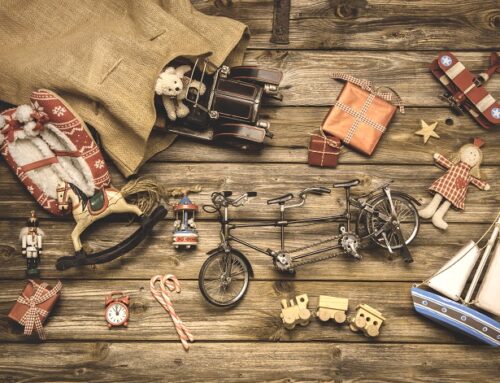By Maria Jauhar, M.D.
December is Safe Toys and Gifts Month, and for good reason. This is the season when so many of us are buying presents for children, grandchildren, brothers, sisters, nieces, nephews, and the list goes on. While opening a shiny new toy is fun and exciting, it can also come with a safety risk. According to the Consumer Product Safety Commission, in 2013, there were approximately 256,700 toy-related injuries. Here’s how to keep a child you are buying a gift for from becoming a statistic.
1. Read the label, which will provide warnings and other important information about how to use a toy and what ages the toy is safe for.
2. When checking the toy’s label, to make sure it includes the word, “non-toxic.”
3. Buy products than carry the tag of the American Society for Testing and Materials (ASTM), which ensures that the toy meets national safety standards.
4. If buying an electric toy, make sure it is “UL Approved.” If it is, it will clearly be listed on the toy’s label.
5. Avoid purchasing toys that have small parts and may pose a choking danger, especially for children three years old or younger. Children of these ages are more prone to put small parts in their mouths. Make sure all toys are larger than the child’s mouth.
6. Be cautious about toys with cords, straps, or strings that are seven inches or longer, as they pose a strangulation risk.
7. Buy plastic toys that are sturdy. Toys constructed from thin plastic may break easily, leaving small pieces that are choking hazards or jagged edges that could cut a child.
8. If purchasing a bicycle for a child, make sure you buy a helmet to go with it.
9. Check for product recalls to make sure any toy you have purchased is not on the list. Toy safety is overseen by The Consumer Product Safety Commission (CPSC). If you are concerned about any toy you have purchased, call its hotline at 800-638-2772.
10. Stay away from toys that shoot objects into the air, as they can cause choking or eye injuries. Similarly, avoid toys that included amplified sound, as they can damage a child’s hearing.




